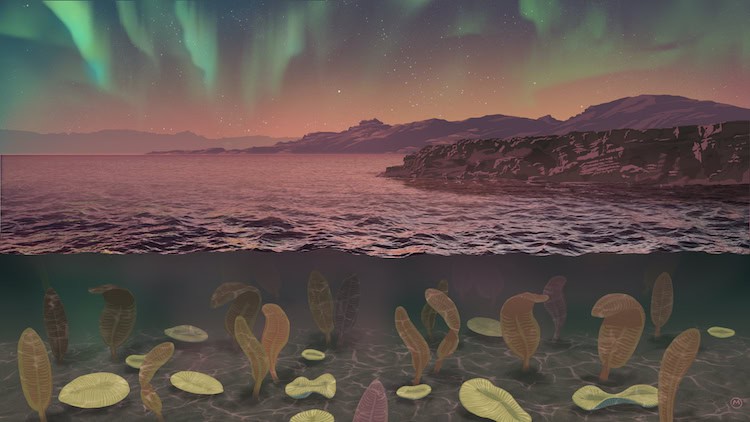A new study has revealed that the Milky Way’s thin disk may be much older than previously believed, thanks to the discovery of ancient stars located surprisingly close to our Sun. Researchers using data from the European Space Agency’s Gaia space telescope have found that some of these stars formed less than a billion years after the Big Bang, making them more than 13 billion years old.
This discovery challenges the long-standing belief that the Milky Way’s thin disk, where most stars, including the Sun, reside, formed around 8 to 10 billion years ago. Instead, the new findings suggest that the formation of this region of the Galaxy began as early as 4-5 billion years earlier than previously thought. This significant revision to the timeline could dramatically alter our understanding of the Milky Way’s history and evolution.
The researchers, led by Samir Nepal, a doctoral candidate at the Leibniz Institute for Astrophysics Potsdam (AIP) in Germany, dated these ancient stars using advanced machine-learning techniques. By analysing data collected by the Gaia spacecraft, the team was able to estimate the ages and metal content of over 800,000 stars in the solar neighbourhood—a region spanning about 3,200 light-years around the Sun. The results, posted on the pre-print arXiv server and announced by AIP on July 31, show that many of these stars are more than 10 billion years old, with some exceeding 13 billion years in age.
The presence of such ancient stars in the thin disk of the Milky Way is a surprising and intriguing find. Given that the universe itself is around 13.8 billion years old, the existence of these stars suggests that this part of our galaxy must have formed very early in the universe’s history, within the first billion years after the Big Bang.
The study highlights an unexpected aspect of these ancient stars—their metal content. Stars that formed in the early universe are metal-poor because they were created when the universe was predominantly composed of hydrogen and helium.
For the latest tech news and reviews, follow Gadgets 360 on X, Facebook, WhatsApp, Threads and Google News. For the latest videos on gadgets and tech, subscribe to our YouTube channel. If you want to know everything about top influencers, follow our in-house Who’sThat360 on Instagram and YouTube.








